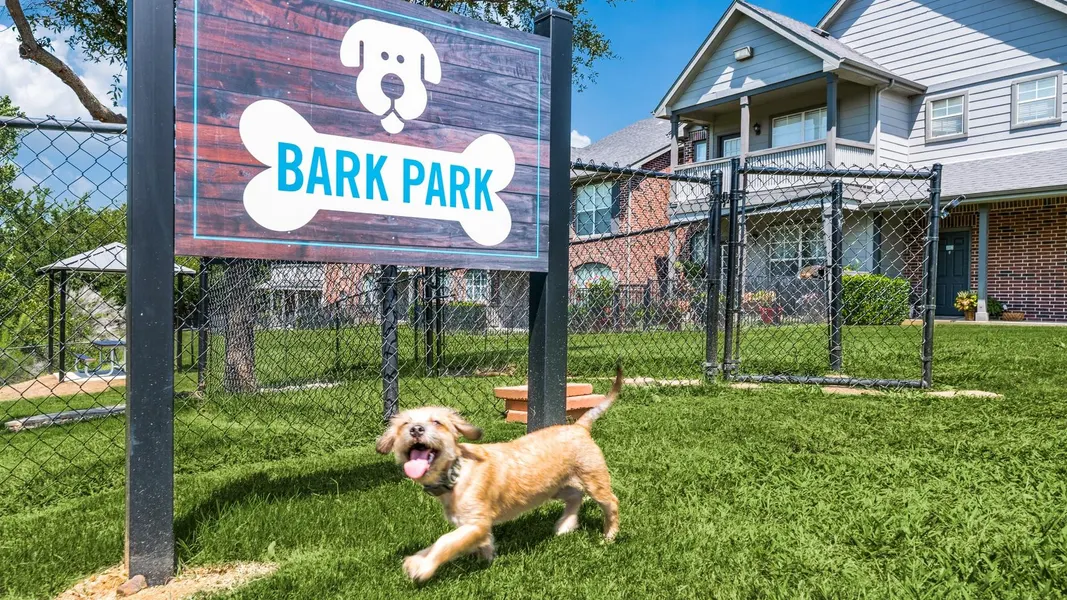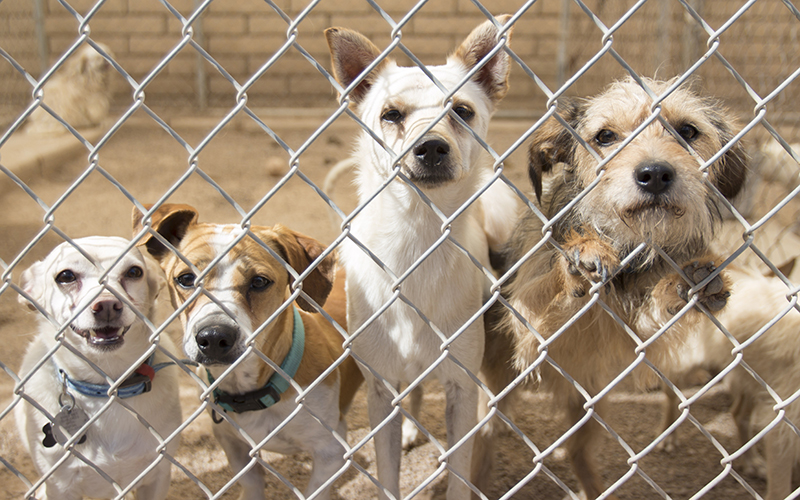Understanding pet ownership trends in your local area can be both fascinating and useful, whether you’re a pet owner, a business, or simply a pet enthusiast. This guide explores pet ownership by zip code, providing insights and statistics that reveal how pet-friendly different areas are.

Why Explore Pet Ownership by Zip Code?
Community Engagement
Knowing how many pet owners live in your zip code can help build a sense of community. Pet owners often seek local pet-friendly services, parks, and events, fostering connections among neighbors.
Business Insights
For pet-related businesses, understanding local pet ownership trends is crucial for targeting the right audience. Pet stores, groomers, and veterinary clinics can tailor their services to meet the needs of the local pet population.
Real Estate Decisions
For prospective homeowners, pet ownership statistics can influence decisions about where to live. Families with pets may prefer areas with a higher concentration of pet owners, indicating a pet-friendly environment.

How to Find Pet Ownership Data by Zip Code
Online Databases
Several online databases and research organizations provide pet ownership statistics by zip code. Websites like the American Pet Products Association (APPA) and Petfinder offer valuable data on pet demographics.
Local Surveys
Community organizations and local governments sometimes conduct surveys to gather information about pet ownership. Check with your local animal control or city council for any available data.
Social Media and Online Forums
Social media platforms and online forums dedicated to pet owners can be a goldmine for gathering anecdotal data. Engage with local pet owner groups to get a sense of the pet ownership landscape in your area.

Mapping Pet Owners: Which Zip Codes Have the Most Pets?
High Pet Ownership Areas
Certain zip codes are known for their high concentration of pet owners. Suburban areas with larger homes and yards often have higher pet ownership rates compared to urban areas.
Urban Pet Owners
Despite the challenges of city living, many urban dwellers own pets. Some zip codes in major cities have a surprisingly high number of pet owners, thanks to pet-friendly apartments, parks, and amenities.

Rural Pet Ownership
Rural areas typically have higher pet ownership rates, with residents often owning multiple pets. The ample space and outdoor environment make these areas ideal for pet ownership.
Pet Ownership by Zip Code: Insights and Statistics for Pet Enthusiasts
Demographic Breakdown
Pet ownership varies widely across different demographics. Factors such as age, income level, and family size can influence pet ownership trends. For example, families with children and higher income levels are more likely to own pets.
Popular Pets by Area
Different areas may have varying preferences for types of pets. Some zip codes may have more dog owners, while others might have a higher concentration of cat owners or exotic pets.

Seasonal Trends
Pet ownership can also fluctuate seasonally. Certain times of the year, such as holidays and summer, may see a rise in pet adoptions and ownership due to increased family activities and time spent at home.
Find Your Community: Pet Ownership Statistics by Zip Code

Building Connections
Finding pet owners in your zip code can help you connect with like-minded individuals. Join local pet owner groups, attend pet-friendly events, and explore pet-friendly spaces in your community.
Supporting Local Businesses
Supporting local pet-related businesses can enhance the pet-friendly atmosphere in your area. Frequent local pet stores, groomers, and veterinarians to help them thrive and serve the community better.

Advocating for Pets
Use pet ownership data to advocate for more pet-friendly policies and amenities in your area. Engage with local government and community leaders to improve pet facilities, parks, and services.
Explore Pet Demographics: Which Zip Codes Are Pet-Friendly?
Identifying Pet-Friendly Zip Codes
Researching pet ownership by zip code can help identify pet-friendly areas. Look for neighborhoods with pet-friendly parks, walking trails, and amenities that cater to pet owners.

Moving to a Pet-Friendly Area
If you’re considering moving, use pet ownership data to find a neighborhood that aligns with your lifestyle. A pet-friendly area can provide a better quality of life for both you and your pets.
Enhancing Your Neighborhood
Work with your community to enhance the pet-friendliness of your neighborhood. Advocate for pet-friendly policies, organize pet events, and promote responsible pet ownership to create a welcoming environment for all pet owners.
Conclusion
Exploring pet ownership by zip code offers valuable insights into how pets are integrated into communities. Whether you’re a pet owner, business owner, or simply a pet enthusiast, understanding these trends can help you connect with others, make informed decisions, and advocate for pet-friendly environments. Use the data available to foster a supportive and engaging community for all pet lovers.
